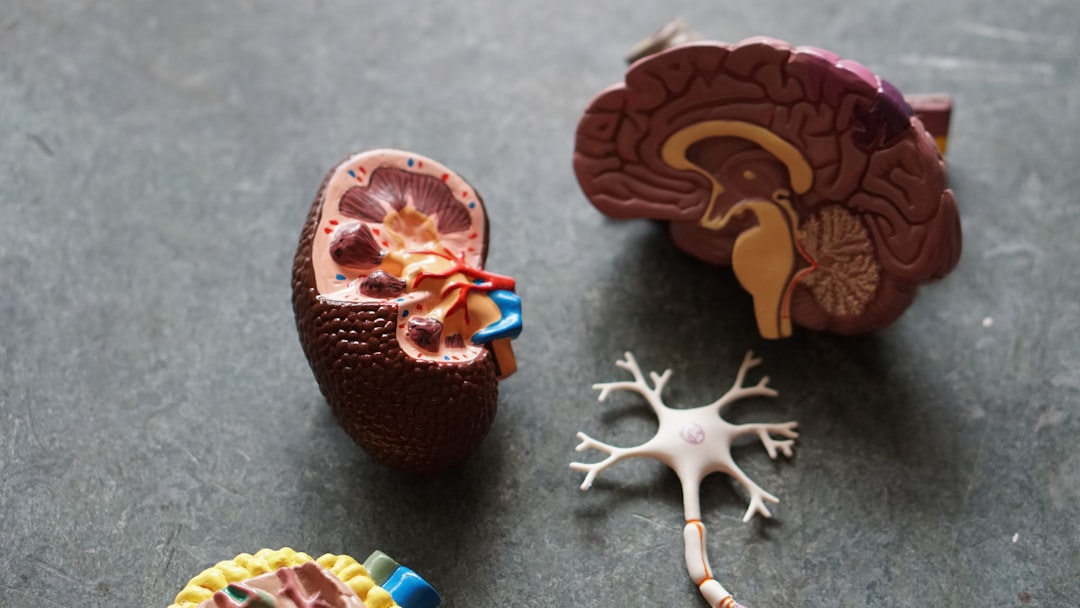What is it about?
The sound reflection and the airborne sound insulation of noise barriers can be measured in-situ according to CEN/TS 1793-5. The procedure, based on impulse response measurements close to the noise barrier and in the free field, is robust and easily applicable; it allows to get the results in real-time just after the measurements, in situ or in laboratory, applying a well defined post-processing to the raw data. Some errors may anyway occur: for sound reflection, when the signal subtraction procedure leaves a small residual; for airborne sound insulation, when the barrier under test is highly insulating and so the transmitted signal is very low. This kind of problems is not always easy to recognize when on site. The European standard explains the measurement procedure in details, but a criterion for validating the measurements and prevent the acquisition of possible invalid data is missing. The authors analyzed many measurements on different noise barriers, performed on outdoor test sites during an inter-laboratory test organized in the frame of the European project QUIESST, having among its objectives the improvement of the CEN/TS 1793-5 measurement method. The analysis of this large amount of data suggested that the above mentioned measurement problems may be identified and corrected evaluating the signal-to-noise ratio (SNR) of critical parts of the impulse responses being processed. These criteria are rigorously described here for the first time and illustrative examples are presented.
Featured Image
Read the Original
This page is a summary of: In-situ measurements of sound reflection and sound insulation of noise barriers: Validation by means of signal-to-noise ratio calculations, The Journal of the Acoustical Society of America, January 2013, Acoustical Society of America (ASA),
DOI: 10.1121/1.4806114.
You can read the full text:
Contributors
The following have contributed to this page










